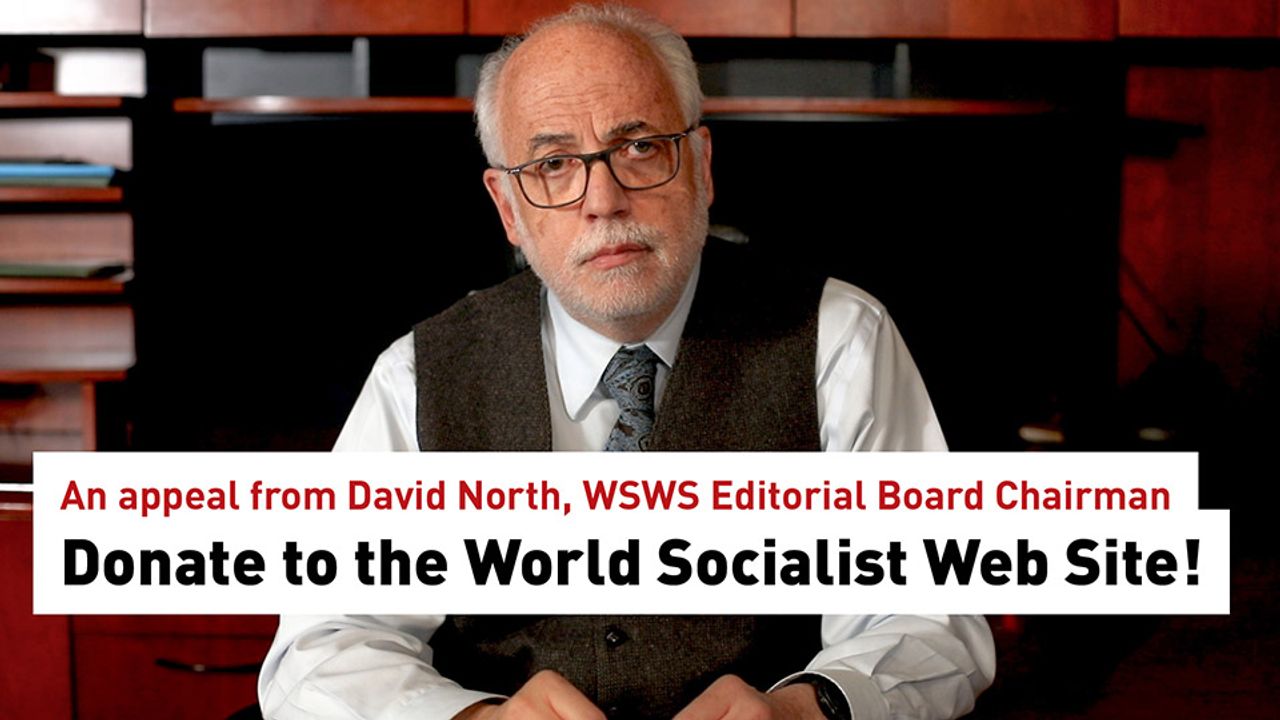Cesar Uco
Peru’s annual Conference of Executives (CADE-Executives 2018) ended last Saturday after three days of discussion between government officials, business executives, academics and politicians.
The purported aim of the annual event is to seek solutions to economic and social problems affecting Peru. Not mentioned in the conference’s “brochure” is the conference’s real purpose: engaging in strategic thinking about how to deal with the working class.
In closing CADE 2018, Peruvian President Martín Vizcarra spoke of the importance of winning a yes vote for his four-point referendum to be held on December 8.
The referendum was introduced in an attempt to save Peru’s crisis-ridden bourgeois state from collapse. Vizcarra is using it in a cynical attempt to capitalize on Peruvians’ general hatred and disdain for government institutions and anger over revelations of the deep systemic corruption that has characterized every recent government and virtually all political parties.
The four points upon which Peruvians will be asked to vote yes or no include: 1) a reform of the country’s corrupt judiciary, which has 59 percent support in recent polls; 2) a constitutional reform restricting campaign financing, with 62 percent backing; 3) a constitutional reform barring the immediate re-election of members of Congress, with 68 percent, and 4) a constitutional amendment splitting the national legislature into two houses, which is opposed by 54 percent in the polls.
Vizcarra took office in March after his predecessor, former Wall Street banker Pedro Pablo Kuczynski, resigned to avoid impeachment on graft and vote-buying charges. The referendum is aimed at substantiating the new president’s posturing as an anti-corruption reformer.
Behind this supposed crusade against corruption and reconfiguring of the elements of the Peruvian state, however, the Vizcarra government is pursuing another more pressing agenda, which was spelled out at the meeting of business executives.
Vizcarra’s appeal to the business summit was for a united front against the working class in seeking to drive down a wide range of labor costs, including health care, vacation pay, bonuses and seniority compensation.
He presented a government-business National Competitiveness Plan as the necessary remedy to the staggering growth of the informal sector in Peru’s economy, which according to the National Institute of Statistics and Information now accounts for fully 72 percent of the workforce.
“One of the factors that elevate informality is the high cost of labor, which has tripled. ... As a consequence, the employer chooses temporary contracts.” In other words, the cure for informality is to bring the compensation of workers with full-time jobs with benefits down to that of those working as temporary and casual labor.
According to a poll done at the conference, Vizcarra enjoys a 76 percent approval rating among CADE members, an indication that the ruling class sees the need to close ranks in order to squeeze more profits from the labor of Peruvian workers.
The Peruvian president also used his closing speech to CADE 2018 to refute charges by Roque Benavides, chairman of Mina Buenventura, one of the largest gold mines in the world. Benavides, whose mines are notorious for polluting the fields used by peasants to cultivate and raise animals, is also president of Confiep (National Confederation of Private Enterprise Institutions). On the eve of the conference, he claimed that the judiciary was persecuting big business.
Whatever friction exists between the president and the most right-wing sections of the Peruvian bourgeoisie who want carte blanche to carry out illegal practices, there is no serious disagreement on basic strategy. In answering Benvides, Vizcarra adopted the most conciliatory language, insisting,”We propose to businessmen to engage in a joint agenda. …”
The assault being prepared by Vizcarra and big business is being driven by the decline of the Peruvian economy. The rise in US interest rates and consequent upward movement of the dollar have hit Peru just as it has all the so-called “emerging market” economies, while exports, including in the dominant mining sector, have undergone a recent sharp decline.
To achieve the aims of his government and the Peruvian capitalist ruling class to drive down labor costs, Vizcarra will need the backing not only of the country’s traditional bourgeois parties, but also of the corrupt, criminal-infected labor organizations and the bourgeoisie left parties, Frente Amplio of Marco Arana, and Nuevo Peru of Veronika Mendoza.
Following Vizcarra’s announcement of his planned referendum, Frente Amplio quickly moved to endorse it. Frente Amplio Congressman Justiniano Apaza responded, “…the announcement to initiate the procedure means convoking the citizens and institutions involved and initiating a great national debate on the necessary reforms.”
The referendum also enjoys the support of bourgeois left politician and former presidential candidate Veronika Mendoza: “From the first moment, Nuevo Peru supported the referendum because we firmly believe that, in democracy, the people are sovereign and should be heard.”
Contrary to the illusions promoted by these bourgeois left elements, the referendum will serve as a cover up for the implementation of the National Competiveness Plan—a frontal attack on working class rights to meet the demands of both foreign capital and the Peruvian bourgeoisie.

No comments:
Post a Comment